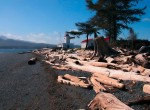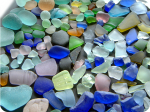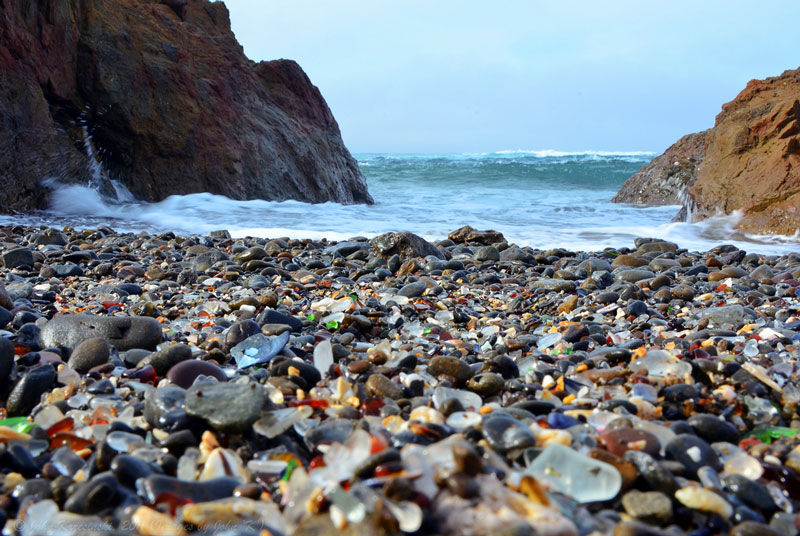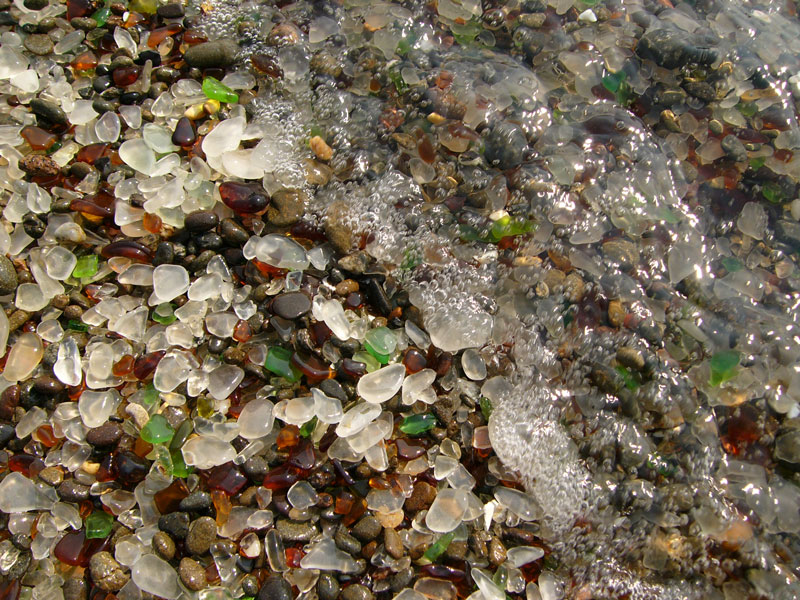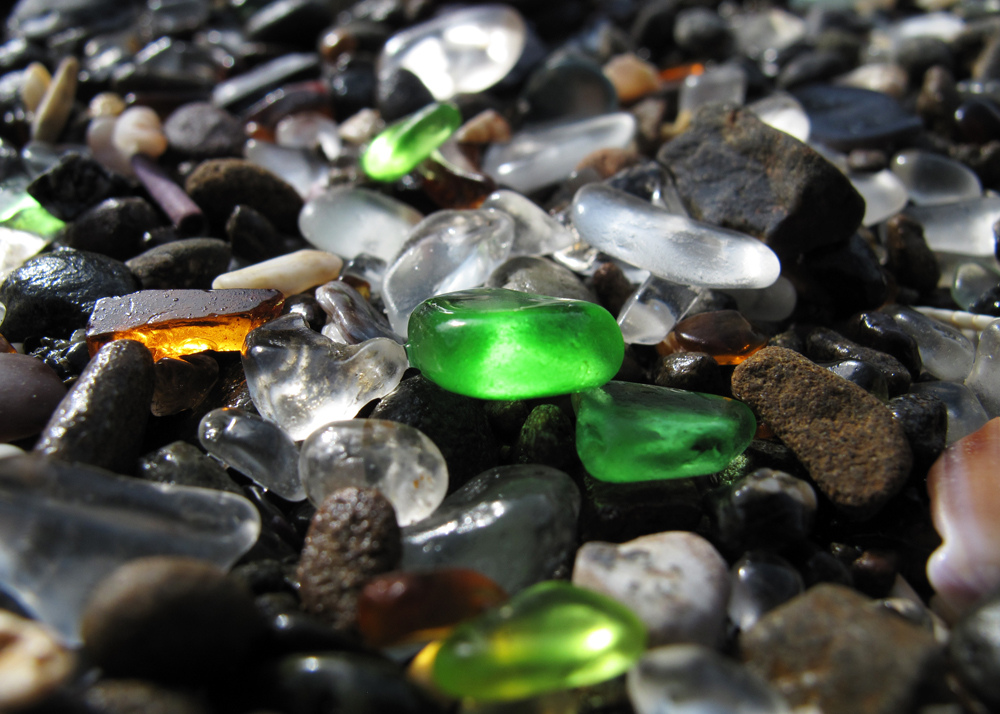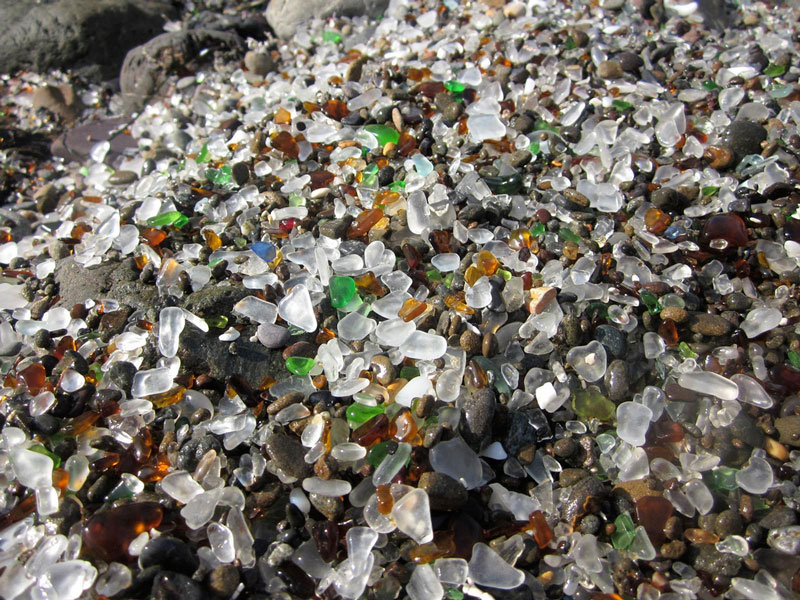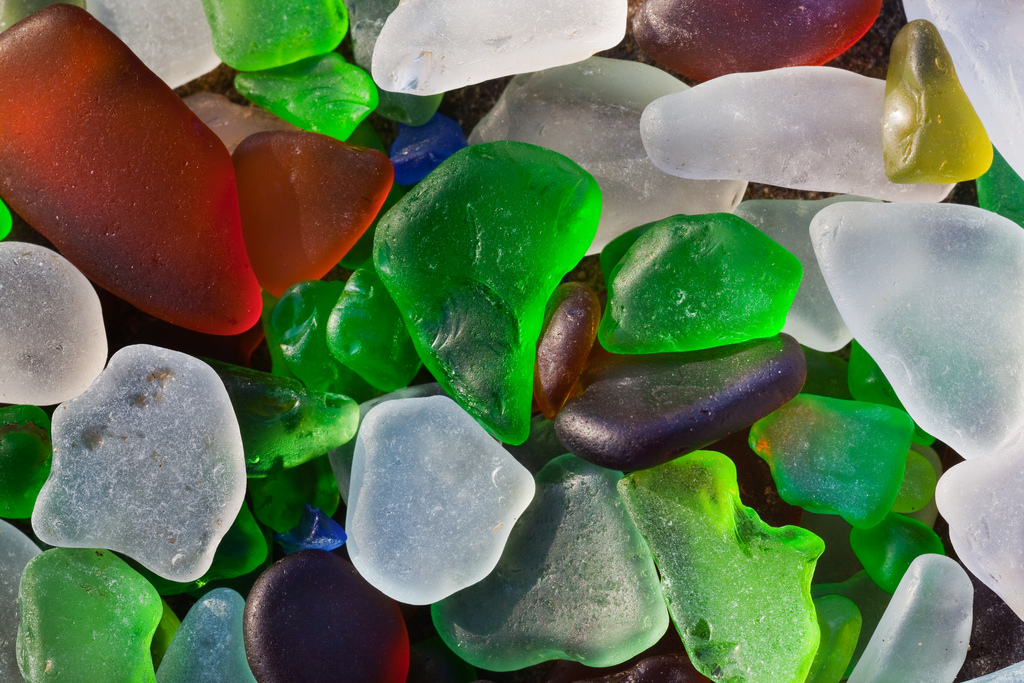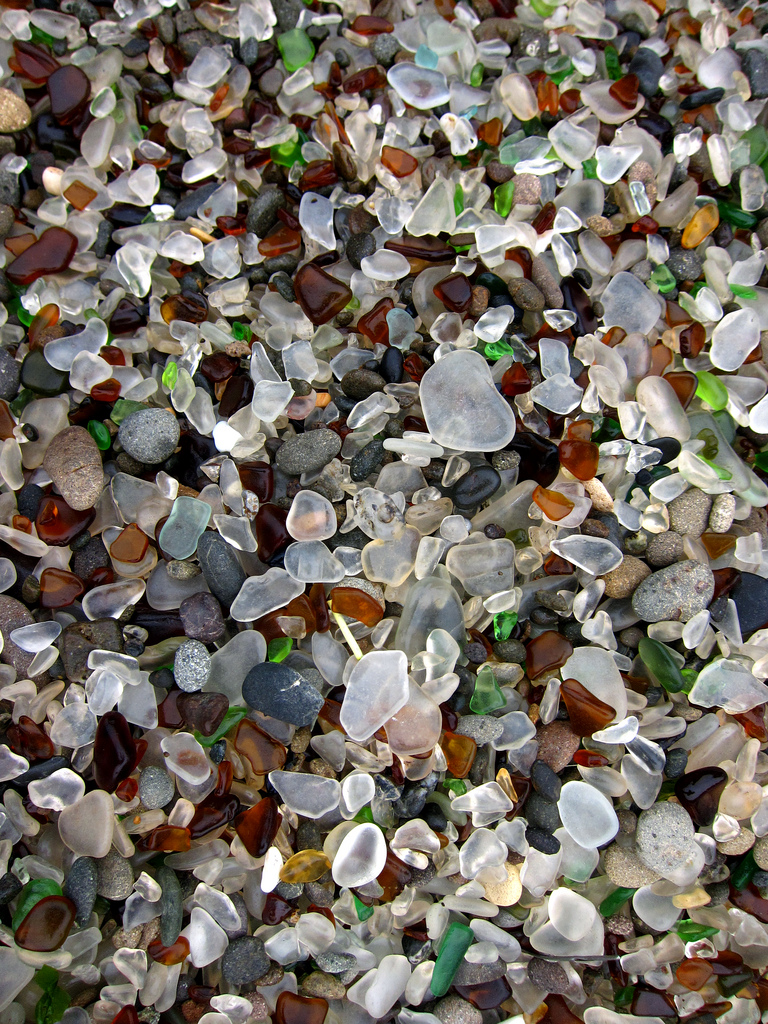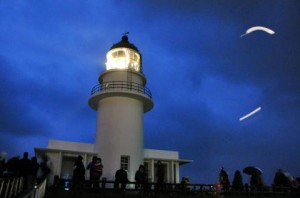The World’s Most Incredible Lighthouses
See the amazing towers from Cape Hatteras to Thailand
from Weather.AOL.com by VALERIE CONNERS JAN 15, 2013
-
It’s hard to resist the allure of lighthouses. They stand sentry on rock-strewn, wave-battered coasts, often for for centuries, guiding mariners toward safer shores. And their very presence is a reminder of the power of nature and the fragility of life. But above all — just look at them. They’re so often breathtaking.
From 2,000-year-old towers to ultra-modern designs, click through to see the world’s most amazing lighthouses. . . . more
[private]
The World’s Most Incredible Lighthouses
See the amazing towers from Cape Hatteras to Thailand
-
kaddisudhi via Flickr
It’s hard to resist the allure of lighthouses. They stand sentry on rock-strewn, wave-battered coasts, often for for centuries, guiding mariners toward safer shores. And their very presence is a reminder of the power of nature and the fragility of life. But above all — just look at them. They’re so often breathtaking.
From 2,000-year-old towers to ultra-modern designs, click through to see the world’s most amazing lighthouses.
Getty ImagesSt. Mary’s Lighthouse, Whitley Bay, England
St. Mary’s Lighthouse sits on an island reachable from the mainland only by a concrete causeway between tides. During high tides, the causeway is completely submerged. The 120-foot-high lighthouse lies north of Whitley Bay, and though the lighthouse is no longer active, the site remains a popular tourist attraction. Visitors can climb the 136 lighthouse steps to the lantern room, or visit a small museum, visitor’s center and cafe.
Joe Dsilva via FlickrPigeon Point Lighthouse, California
Fifty miles south of San Francisco, the 115-foot-tall Pigeon Point Lighthouse has been helping to guide sailors off the rocky Central California coast since 1872. Today it doubles as a popular hostel.
The lighthouse itself remains closed to the public after a section of the exterior’s cornice fell off in 2001, but the grounds remain open to visitors and 30-minute guided tours are available Friday through Monday. You might even spy seals or whales.
brentdanley via FlickrBass Harbor Lighthouse, Acadia National Park, Maine
Tucked into the scenic, rocky shores of Maine’s Acadia National Park, Bass Harbor Lighthouse on Mount Desert Island is one of the park’s major attractions, thanks to its postcard-perfect setting. The lighthouse serves as home to the local Coast Guard unit’s commander. Short trails around the tower allow visitors to enjoy spectacular views.
snowpeak via FlickrHeceta Head Lighthouse, Florence, Oregon
One of the most visited and photographed lighthouses in the U.S., Haceta Head Lighthouse is perched along Oregon’s jagged coast more than 200 feet above the Pacific. The 56-foot-tall lighthouse was first illuminated in 1894. Its automated beacon is visible for 21 miles and is the brightest light on the Oregon coast.
It’s located in Heceta Head State Park, where trails and viewing areas offer glimpses of puffins, cormorants, gulls and sea lions. Lighthouse lovers can spend a night at Heceta Head: The adjacent keeper’s house doubles as a bed and breakfast.
KAIZUKA via FlickrEnoshima Lighthouse, Japan
One of the world’s most striking lighthouses, Enoshima Lighthouse rises above tiny Yenoshima Island a few hours south of Tokyo. Renovated in 2003, the lighthouse features a massive open-air spiral staircase winding around a central steel structure and ultimately leading to a 196-foot-high observation deck.
From the deck, visitors can take in views of Sagami Bay and Mount Fuji in the distance. Don’t have the stamina to climb the staircase? An elevator also shuttles visitors.
ThinkstockTorre de Hercules, Spain
The Torre de Hercules, or Tower of Hercules, was built by the Romans above La Coruña harbor in northwestern Spain in the 1st century, AD. The lighthouse is believed to be the only Greco-Roman lighthouse to retain its architectural integrity.
Originally called the Farum Brigantium, the tower sits on a 187-foot-high rock and stands an additional 180 feet high. The tower underwent restoration in the 18th century, and today visitors can also tour a sculpture garden, see rock carvings from
the Iron Age and explore a Muslim cemetery.
ThinkstockMarblehead Lighthouse, Ohio
Ohio isn’t the first place one pictures when imagining scenic lighthouse settings, yet the state is bordered by Lake Erie and the shores of the Great Lakes are home to dozens of beacons. Built along the craggy shores of the Marblehead Peninsula, Marblehead Lighthouse has been shining since 1822, making it the oldest continuously operating lighthouse on the U.S. shores of the Great Lakes.
The 50-foot limestone tower was operated by 15 lighthouse keepers, including two
women, until 1946. At that point, the U.S. Coast Guard took over responsibility for the light, which is now automated.
paul bica via FlickrCape Byron Lighthouse, New South Wales, Australia
Cape Byron marks the easternmost point of mainland Australia, and it’s here you’ll find the Cape Byron Headland Reserve, a state conservation area and home to the Cape Byron lighthouse. Visitors to the scenic reserve can hike the 2.3-mile loop trail and admire the coastal vegetation, sea cliffs and beaches. The lighthouse and its cottages were built in 1901 and stand on the mainland’s most easterly point.
ThinkstockCap des Rosiers Lighthouse, Quebec
At 112 feet tall, Quebec’s Cap des Rosiers lighthouse is Canada’s tallest beacon. It’s helped guide ships to safe waters since 1858. The tower sits at the mouth of the St. Lawrence River where it enters the Gulf of St. Lawrence, a rocky spot that has seen its share of shipwrecks. Among them was an Irish immigrant ship called the Carrick, which ran aground in 1847 and left 400 people dead.
The tower’s light is set 136 feet above the sea. The tower itself is a massive structure with 7-foot-thick marble walls at its base that taper to 3 feet thick at the top.
Photo by Carol M. Highsmith/Buyenlarge/Getty ImagesMiddle Bay Lighthouse, Alabama
Rising from the center of Mobile Bay along Alabama’s Gulf Coast, Middle Bay Lighthouse is a hexagonal-shaped, screw-pile lighthouse built on seven piles screwed into the muddy sea floor. The station came into service in 1885. It gained notoriety in 1916 when the lightkeeper’s wife gave birth and the couple corralled a dairy cow to the lighthouse’s lower deck to provide milk.
The lighthouse was deactivated in 1967, and in 2010, $200,000 worth of repair work began on the structure. Visitors can’t climb the structure, but they can see the lighthouse up close on a boat tour departing from Fairhope, Alabama
Mkaraarslan via Wikimedia CommonsKiz Kulezi (Maiden’s Tower), Turkey
Kiz Kulezi, or the Maiden’s Tower, sits on a small islet at the southern end of the Bosphorus Strait. It owes its name to the legend of a sultan’s daughter who was brought to the island to protect her from her anticipated demise — a snakebite on her 18th birthday — as foreseen by an oracle. The sultan ensured she was far from land and snakes, but on her 18th birthday, he brought her a basket of fruit, which unbeknownst to him, carried a poisonous asp. Needless to say, the fair maiden’s end was nigh.
Today, the tower houses a high-end restaurant serving delicacies such as sea bass with caviar and caper sauce. Want a window view overlooking the strait? It’ll cost you. The restaurant tacks on a surcharge for window seating.
Jim Dollar via FlickrOcracoke Lighthouse, Ocracoke Island, North Carolina
Built in 1823, Ocracoke Lighthouse is North Carolina’s oldest lighthouse and is still operational today. The 75-foot-tall lighthouse was automated in 1955. During the summer months, a U.S. National Park ranger is on duty and tourists can enter the lighthouse’s base. To reach the island, visitors can take a 40-minute auto and passenger ferry from Cape Hatteras.
kahunapulej via FlickrCoastwatchers Memorial Lighthouse, Madang, Papua New Guinea
One of the most famous war memorials in Papua New Guinea, Coastwatchers Memorial Lighthouse pays tribute to the soldiers and civilian volunteers who acted as coastwatchers during World War II. Built in 1959, the lighthouse sits at the entrance to Madang Harbor, stands 90 feet high and was designed to be tapered at its top with four fins at the bottom, so that it resembles a bomb. At the top of the lighthouse is a bronze beacon guard shaped like a flame.
“JT” Taylor via FlickrCape Hatteras Lighthouse, North Carolina
Just off Cape Hatteras lies one of the Atlantic coast’s most dangerous stretches of sea: the area where the Gulf Stream collides with the Virginia Drift. Hundreds, if not thousands, of ships have met their demise here, earning the region the nickname, “Graveyard of the Atlantic.”
Cape Hatteras Lighthouse has been warning ships in the area since it was first lit in 1803. The tower’s height was increased 1853 and again in 1871. At 210 feet, it’s now the tallest lighthouse in America.
In 2000, increasing beach erosion led to the lighthouse being moved 875 yards inland. The site now features a museum and visitor’s center. Climbing tours of the lighthouse’s 248 iron spiral stairs are held daily in spring, summer and fall.
Seli O via FlickrKnarrarós Lighthouse, Iceland
This lighthouse on Iceland’s south coast isn’t your run-of-the-mill round tower. Designed as a blend of functionalism and art nouveau, Knarrarós is a square, unpainted concrete structure rising 86 feet above the earth, making it southern Iceland’s tallest building. Black panels between windows grant the appearance of stripes running up the sides. Tourists can visit the site but can’t enter the unusual lighthouse.
bluestardrop – Andrea Mucelli via FlickrHook Head Lighthouse, County Wexford, Ireland
The oldest lighthouse in Ireland and one of the oldest in the world, Hook Head is over 800 years old, though local lightkeepers are said to have been setting up fires to warn ships of danger since the 5th century. The current lighthouse was built during the 12th century by the Normans, with 9- to 13-foot-thick walls and standing 80 feet high. Visitors can take guided tours to the top or visit the gift shop and cafe.
Bruce Stokes via FlickrBurnham-on-Sea Low Lighthouse
Called the “lighthouse on legs,” Burnham-on-Sea Low Lighthouse was erected in 1832 after an earlier lighthouse had proved to have too low of a vantage point. The Low Lighthouse is a wooden pile lighthouse that reaches 36 feet high and stands on nine wooden piers. The whitewashed structure, with its trademark red stripe, was inactive from 1969 to 1993, but it’s once again active and warning mariners.
AlamyPromthep Cape Lighthouse, Thailand
A veritable youngster among lighthouses, Promthep Cape Lighthouse in Phuket, Thailand, was built in 1996 to commemorate the Golden Jubilee of HM King Bhumibol Adulyadej. Perched on Laem Promthep, a popular hilltop for watching sunsets, the lighthouse houses a small museum and is free to enter. Visitors can climb the tower for a better view of the stunning shoreline below.
archinwater via FlickrYokohama Marine Tower, Japan
One of the tallest lighthouses in the world looms 348 feet over Yokohama, Japan, and features a panoramic observation deck. On clear days, visitors can see snow-capped Mount Fuji in the distance. The tower is widely recognized for its lattice structure which, after dark, is lit in colored LED lights. A four-story complex sits at the tower’s base and includes a cafe, bar, restaurant and gift shop.
AlamyBeachy Head Lighthouse, East Sussex, EnglandOne of the planet’s most striking lighthouses is Beachy Head Lighthouse, set at the base of the 530-foot-tall white cliffs in East Sussex, England. The 141-foot tower was built with over 4,000 tons of granite and was first lit in 1902. Lighthouse keepers manned the beacon for 80 years until it was automated in 1983.
Today, the light emits two flashes every 20 seconds and can be seen eight nautical miles away. Pop culture fun facts: the Beachy Head cliffs have appeared in The Cure’s videos for “Just Like Heaven” and “Close To Me,” and the area served as the Quidditch World Cup hosting grounds in “Harry Potter and the Goblet of Fire.”
[/private]






















